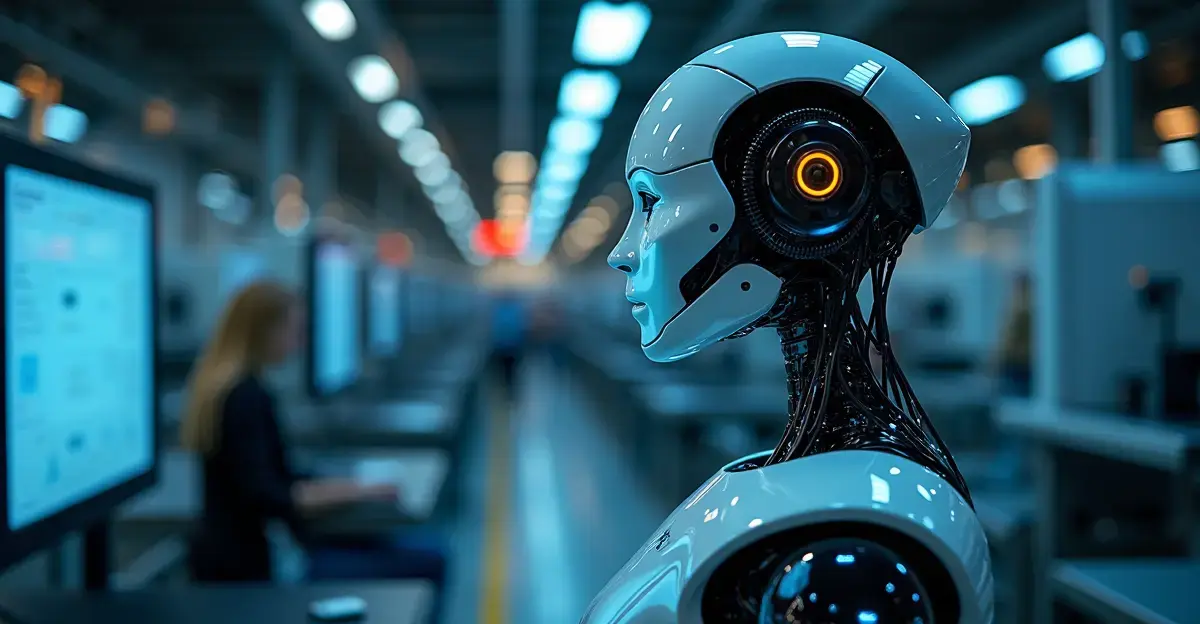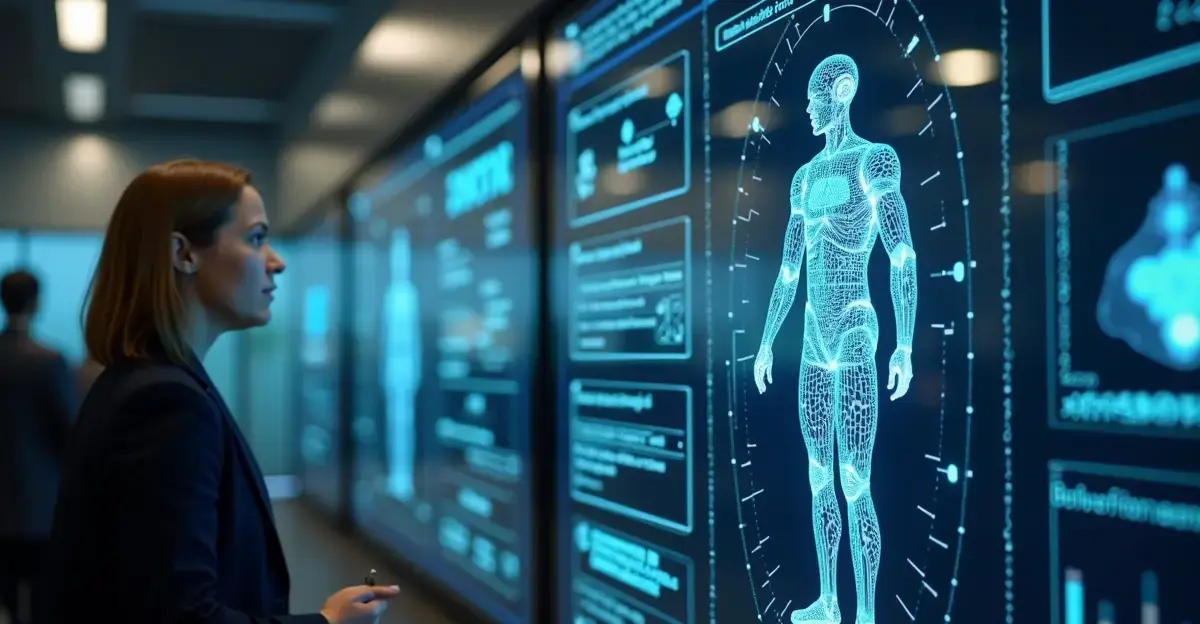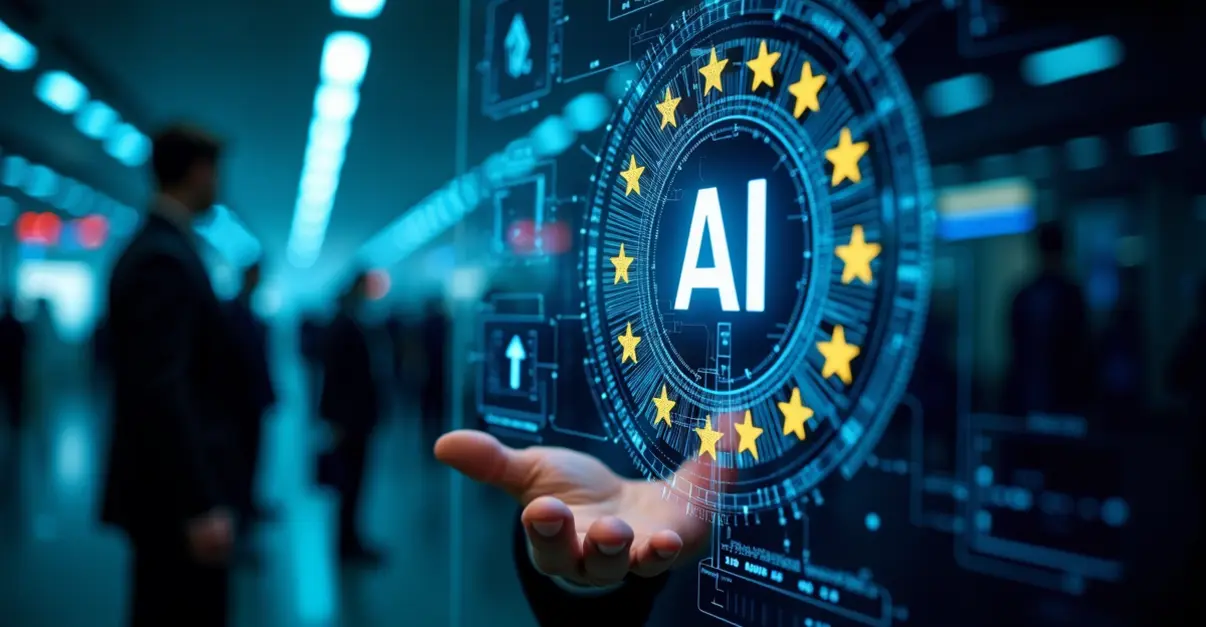The EU is debating AI laws to protect workers, balancing innovation with labor rights. The AI Act introduces a risk-based framework, focusing on high-risk applications like workplace AI. Worker protections include fairness in employment decisions and complaint mechanisms. The legislation also supports startups while ensuring ethical standards.

Europe Debates AI Laws to Protect Workers
The European Union is at the forefront of regulating artificial intelligence (AI) to ensure a balance between technological innovation and the protection of workers' rights. The proposed AI Act, set to become fully applicable by 2026, aims to address the risks posed by AI systems while fostering a trustworthy and human-centric approach to AI development.
The AI Act: A Risk-Based Framework
The AI Act introduces a risk-based classification system for AI applications, categorizing them into four levels: unacceptable risk, high risk, limited risk, and minimal or no risk. High-risk AI systems, such as those used in hiring or workplace management, will be subject to strict obligations, including transparency, accountability, and human oversight.
Worker Protections Under the AI Act
One of the key focuses of the AI Act is protecting workers from potential harms caused by AI. For example, AI systems used in employment decisions must ensure fairness and avoid discriminatory outcomes. Workers will also have the right to file complaints about AI systems to designated national authorities.
Encouraging Innovation While Safeguarding Rights
The EU aims to strike a balance between fostering AI innovation and safeguarding labor rights. The legislation includes provisions to support startups and SMEs, such as providing testing environments for AI systems. This ensures that smaller players can compete in the AI market while adhering to ethical standards.
Implementation Timeline
The AI Act will be phased in over the next few years, with prohibitions on unacceptable-risk AI systems already in effect as of February 2025. High-risk systems will have until 2027 to comply with the new regulations.
For more details, visit the European Commission's AI Act page.

 Nederlands
Nederlands
 English
English
 Français
Français
 Deutsch
Deutsch
 Español
Español
 Português
Português








